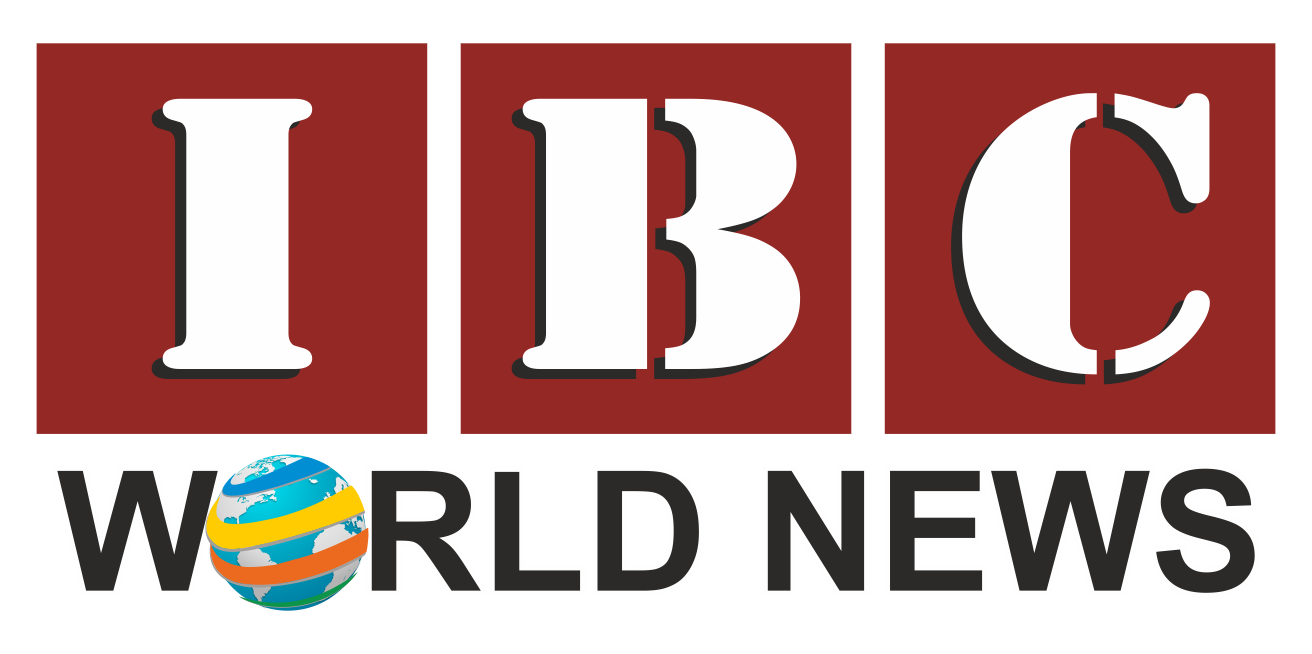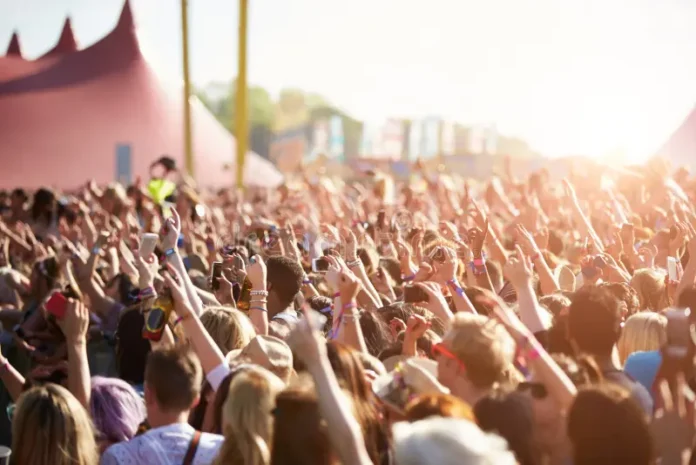Throughout history, free public concerts have stood out as extraordinary social phenomena, moments where the boundaries separating society dissolve into the pulse of live music, uniting millions in shared celebration. The biggest free public concerts have not only broken attendance records but have transformed beaches, city squares, and parks into epicenters of culture, leaving behind legacies that continue to inspire artists, cities, and fans worldwide. These monumental events are more than just impressive statistics; they’re vibrant unions of humanity, music, and place, often reflecting broader cultural, political, or historical shifts.
One of the most celebrated examples of such mega-events is Jean-Michel Jarre’s spectacular show in Moscow in 1997—a concert that redefines what communal music experiences can achieve. Commissioned to honor the city’s 850th anniversary, Jarre’s performance in front of Moscow State University became the world’s most attended concert, drawing a staggering estimated 3.5 million people. The show was a mesmerizing blend of electronic music, sweeping light displays, and pyrotechnics, but it gained immortal stature for its extraordinary sense of occasion. Jarre didn’t simply perform; he staged a triumphal celebration of Russia’s resilience and creativity, connecting the crowd with a live broadcast from the Mir space station. For many attendees, it was an almost mystical experience—the convergence of culture, science, and hope on a vast communal scale.
The sheer magnitude of Jarre’s Moscow concert becomes even more remarkable in context. 3.5 million people amounts to more than the population of many entire countries. Such an immense assembly required meticulous planning, coordinated security, and flawless logistics. Yet the result wasn’t chaos—it was collective euphoria. Strangers danced together beneath the ancient facade of the university, illuminated in radiant color. It was a show that reimagined what a city—and a civilization—could be when music and celebration bring all voices together, transcending ordinary life.
Similarly, the iconic Copacabana Beach in Rio de Janeiro has served time and again as the majestic setting for the world’s largest free concerts, transforming its five-kilometer shoreline into a living stage for millions. Rod Stewart’s New Year’s Eve performance in 1994 set an attendance record that rivals Jarre’s, and it wasn’t just due to the infectious rhythms and energetic crowd. The event coincided with Rio’s traditional fireworks show, further amplifying attendance and atmosphere. The experience was as much about anticipation and collective joy as it was about the music itself. People from across Brazil and abroad flocked to the beach, turning the musical concert into an unparalleled celebration of life, community, and renewal.
Later, The Rolling Stones delivered legendary free concerts on the same sands. Their 2006 Copacabana show drew over 1.5 million fans, further cementing the venue’s reputation as a stage for the ages. Such events become city-sized parties, uniting generations in rock anthems and samba rhythms, as Brazilian and British flags waved under the tropical evening. These concerts create memories not just for attendees; they become part of the urban lore, forever entwined with the city’s identity.
The ability of free public concerts to draw crowds beyond the wildest expectations speaks to the universal appeal of music as a social force. Without the barrier of ticket prices, these events are radically inclusive. Anyone, regardless of background, can join the celebration—resulting in gatherings that reflect the full diversity of the host city or country. The meaning of public space is transformed: the beach, the plaza, the university forecourt—each becomes a canvas for the world’s largest collective expressions of joy.
But the grandeur of these concerts is not without challenges. Coordinating millions of people takes Herculean effort from city officials, emergency services, promoters, and volunteers. Public safety becomes paramount, with crowd sectioning, rapid response teams, accessible infrastructure, and elaborate technical preparations. Security isn’t just a formality—it’s a necessity, especially when audiences are larger than most sporting events or festivals. Yet when these hurdles are overcome, the result is magic: the creation of a peaceful, jubilant city-center festival where humanity’s best impulses shine.
Some of the most memorable free public concerts also hold significance far beyond entertainment. They’re markers of historical turning points, declarations of optimism, or vehicles for protest and awareness. Simon & Garfunkel’s 1981 Central Park reunion drew half a million and became a symbol of New York’s cultural renaissance amid adversity. Queen’s 1985 Live Aid performance was a stirring plea for global compassion, watched by over a billion on television. These events bring not just music, but the possibility of social and political transformation, showing how public gatherings can amplify messages of unity or change.
The audience experience during such concerts is entirely unique. People recall the sense of awe at seeing their favorite artists play before an endless sea of faces, everyone singing together. Many describe feeling at one with the universe, swept up in a moment of epic scale and intimacy—proving that when music fills public spaces, solitude vanishes. It is the ultimate celebration of human creativity, shared freely.
As cities change and technology evolves, the legacy of these massive, free concerts endures. Today, artists and promoters increasingly blend physical gatherings with digital broadcasts, reaching audiences that number in the tens of millions. Yet nothing compares to the electric bond formed in the presence of millions at one place and one time. These shows remain astonishing outliers, testaments to the social potency of music and the nearly limitless capacity of great public spaces.
Jean-Michel Jarre’s Moscow show, Rod Stewart’s Copacabana performance, and The Rolling Stones’ legendary Rio concert all occupy rarefied territory in music history for good reason. They are proofs that music, when unshackled from ticket gates and boundaries, reveals the depths of what humanity can experience together—in joy, celebration, and utter wonder. The transformations these concerts inspire ripple for decades, influencing urban culture, the global music industry, and our very expectations for what is possible in shared art.
In the end, the story of the biggest free public concerts is a story about connection. In an age sometimes marked by division and distance, these transcendent events remind us of our shared rhythms and the profound happiness found in collective celebration. For one night—on a beach, in a square, below the grandeur of a centuries-old university—millions of souls become one. And through the power of music, the world changes, if only for a moment.



